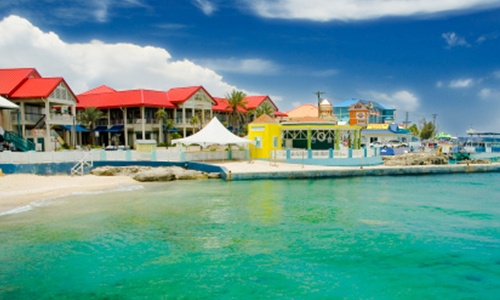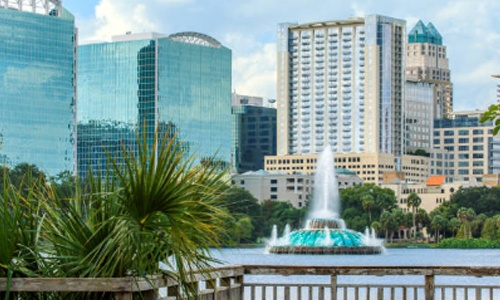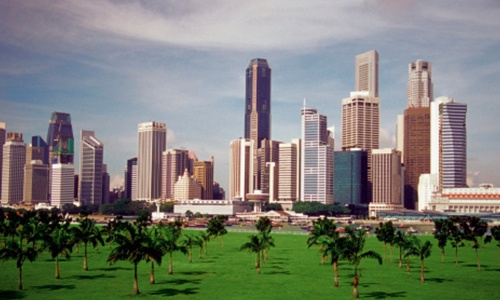Aerospace
Aerospace describes the human effort in science, engineering and business to fly in the atmosphere of Earth (aeronautics) and surrounding space (astronautics). Aerospace organizations research, design, manufacture, operate, or maintain aircraft and/or spacecraft. Aerospace activity is very diverse, with a multitude of commercial, industrial and military applications. In most industrial countries, the aerospace industry is a cooperation of public and private industries. For example, several countries have a civilian space program funded by the government through tax collection, such as NASA in the United States, ESA in Europe, the Canadian Space Agency in Canada, Indian Space Research Organization in India, JAXA in Japan, RKA in Russia, China National Space Administration in China, SUPARCO in Pakistan, Iranian Space Agency in Iran, and Korea Aerospace Research Institute (KARI) in South Korea. Along with these public space programs, many companies produce technical tools and components such as spaceships and satellites. Some known companies involved in space programs include Boeing, EADS, Lockheed Martin, MacDonald Dettwiler and Northrop Grumman. These companies are also involved in other areas of aerospace such as the construction of aircraft. In the past few years, the global aerospace industry has witnessed an impressive growth, with the civil aviation segment emerging as the major contributor to its expansion. The US and European countries are the dominant markets for the aerospace industry, and acting as catalyst for the overall growth. The global aerospace industry is forecasted to register CAGR of around 2.5%. As per our new research report, “Global Aerospace Industry Outlook”, the aerospace industry has globally emerged as a highly potential market, even after the recession. US represents the biggest aerospace market in the world, followed by France, UK, Germany and Canada. In near future, developing nations, like China, India, Mexico, and Brazil are expected to emerge as potential marketplaces for aerospace products.














